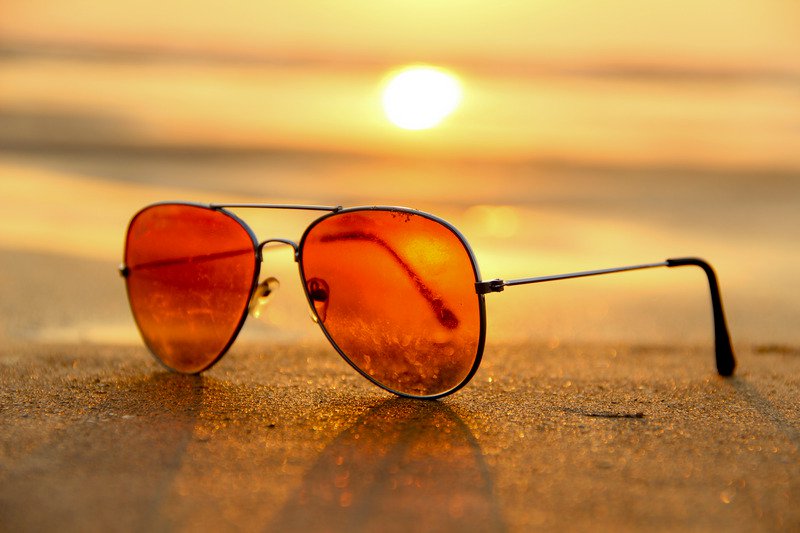
Author: Santo Rizzo
Nothing is better than warm weather, a good cookout, family and friends, and topping the night off with an extravagant firework show. July is not only for some 4th of July fun, but is also UV safety awareness month! UV, known as ultraviolet rays are released from the sun and are a form of radiation that is not only harmful to our skin, but very harmful to our eyes as well.
There are two main rays that are of concern from the sunlight and they are classified as UVA and UVB rays. UVB rays, featuring a short wavelength, can reach just the outer layer of our skin meanwhile UVAs, which feature longer wavelengths, can reach the middle layer of our skin. Not getting adequate protection from these type of sunlight rays can cause more issues than just sunburn. These issues include immune system suppression, premature aging, and skin cancer.
As mentioned above, overexposure to those ultraviolet rays can do quite a number to our eyes in the form of causing vision problems such as cataracts or macular degeneration and damaging parts of our eyes. In order to protect our eyes, we have a few options. Wearing a hat gives us the ability to not only protect our eyes, but it also prevents us from getting sunburnt on our heads. Additionally, wearing a wide-brimmed hat can reduce our eyes’ exposure to UV by up to 50 percent. We can couple wearing a hat with a good pair of sunglasses for the ultimate defense against those damaging sunrays. Polarized or non-polarized sunglasses are beneficial to protecting our eyes, but not all of them block 100 percent of UV rays so work with an optician to get the best possible pair. All sunglasses here at Laser Eye Surgery of Erie are polarized and offer 100 percent UV protection. It is important to note that our eyes need protection even on cloudy days because the sun’s harmful ultraviolet rays can penetrate cloud cover.
In addition to UV safety awareness, July is dry eye awareness month as well! Dry eye affects millions of people in the United States and it is often underdiagnosed. Dry eye disease is the result of a deficiency of one or more layers of tear film and there are many different factors that contribute to it. Some of those factors include, but aren’t limited to, our normal aging process, allergies, some medications, and exposure to environmental irritants. Spending too much time looking at a screen, such as a TV screen or a computer screen, also contributes to dry eye because our blink rate significantly decreases when we are focused on viewing something.
It is likely that dry eye is underdiagnosed because we don’t know the symptoms. These symptoms include frequent watery eyes, eye redness, increased light sensitivity, and tired eyes. If left untreated, dry eye can damage the surface of the eye and could potentially lead to vision loss. There are a few ways to treat dry eye, which include over the counter drops and prescription medications. The first line of treatment is lubricant drops, known as artificial tears, and they work best when they are used consistently. Lastly, it is best to consult your eye care provider if you are not getting ample relief from using artificial tears four times per day.
https://www.allaboutvision.com/sunglasses/spf.htm

